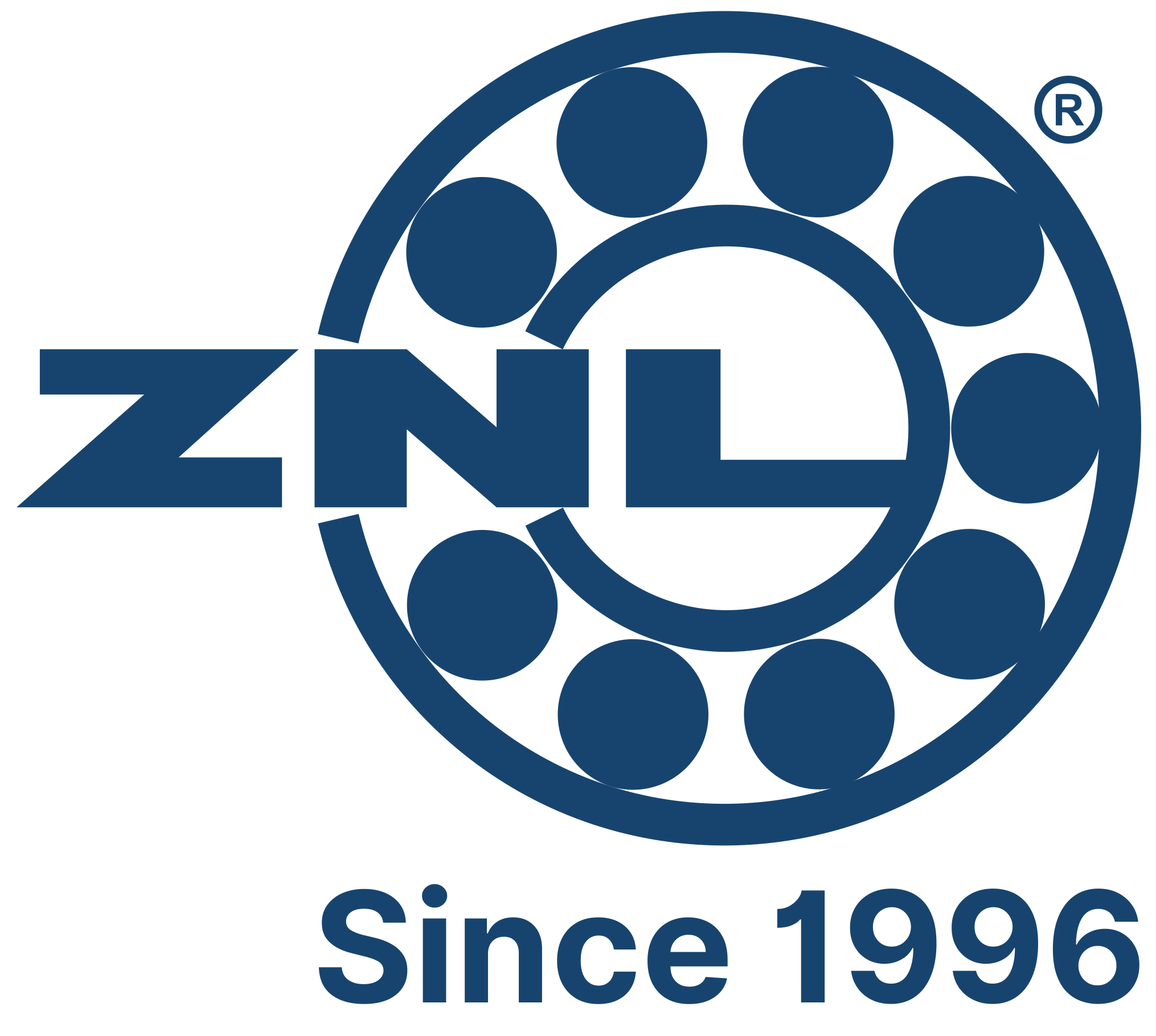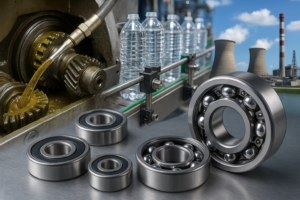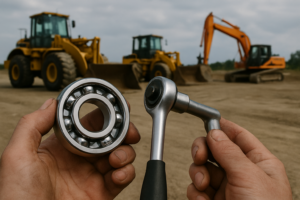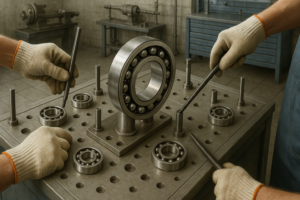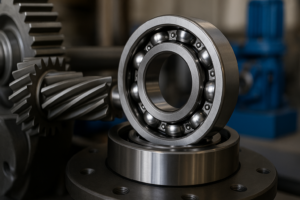In the arena of machinery, where precision and reliability are paramount, the significance of fits and tolerances cannot be overstated. Bearings, the silent heroes supporting rotating components, rely heavily on the proper application of fits and tolerances to ensure optimal performance and longevity. At ZNL Bearings, we understand the intricate relationship between fits, tolerances, and bearing performance, and we’re here to shed light on their importance in this blog.
Understanding Fits & Tolerances:
Fits: In engineering, fits refer to the degree of tightness or looseness between mating parts. They dictate the manner in which two or more components are assembled together. The choice of fit depends on various factors such as the function of the assembly, operating conditions, and manufacturing considerations.
Types of Fits:
Fits are broadly categorized into three main types:
Clearance Fit: In this type of fit, there is intentional clearance between mating parts, allowing for relative movement. Clearance fits are commonly employed in applications where ease of assembly, thermal expansion, or lubrication requirements take precedence.
Interference Fit: Unlike clearance fits, interference fits involve intentional interference between mating parts, resulting in a slight overlap. This tight fit enhances load-bearing capacity and prevents relative motion under load, ensuring optimal performance and stability.
Transition Fit: As the name suggests, transition fits fall between clearance and interference fits. They offer a balanced compromise between ease of assembly and load-carrying capacity, making them suitable for a wide range of applications.
The Mechanism of a Shaft: Clearance, Tolerance, and Fits Relationship:

In the context of bearing assemblies, the relationship between shafts, clearances, tolerances, and fits is of paramount importance. Let’s break down this relationship:
Shaft: The shaft serves as the central component around which bearings are mounted. It plays a crucial role in transmitting rotational motion and supporting loads. The diameter of the shaft must adhere to specified tolerances to ensure proper fitment of bearings and associated components.
Clearance: Clearance refers to the intentional gap or space between the shaft and the bearing inner ring. It accommodates thermal expansion, facilitates lubrication, and allows for proper functioning of the bearing. Clearance is determined by the difference between the maximum shaft diameter and the minimum bearing inner ring diameter, within specified tolerance limits.
Tolerance: Tolerance defines the acceptable limit of variation in size, shape, or position of a part. In the context of shafts and bearings, tolerance dictates the permissible deviation from the specified dimensions. Tighter tolerances result in closer fits, while looser tolerances allow for greater clearance between mating parts.
Fits Relationship: The relationship between clearance, tolerance, and fits is intricately linked. By controlling the tolerances of shafts and bearings, engineers can achieve the desired fit—whether it’s a clearance fit, interference fit, or transition fit. The selection of fits depends on factors such as load requirements, operating conditions, and assembly considerations.
Importance in Bearing Performance:
Load Distribution:
Proper fits and tolerances ensure uniform load distribution across bearing components. An interference fit, where the inner and outer rings are slightly larger than the shaft and housing diameters, respectively, enhances load-bearing capacity by maximizing contact area. Conversely, a clearance fit provides necessary clearance for thermal expansion and lubrication while maintaining adequate support.
Reduced Friction:
Precise fits minimize internal clearance, reducing the risk of relative motion between components under load. This, in turn, lowers frictional resistance, conserving energy and minimizing wear and tear. By optimizing fits and tolerances, ZNL Bearings can achieve smoother operation and improved efficiency in diverse applications.
Alignment and Stability:
Mating parts with appropriate fits and tolerances promote proper alignment and stability of bearings within the assembly. Misalignment, resulting from inadequate fits, can lead to premature failure due to uneven loading and increased stress concentrations. With meticulous attention to fits and tolerances, ZNL Bearings ensures alignment accuracy, enhancing overall system performance and longevity.
Sealing Effectiveness:
Effective sealing is crucial for preventing contamination and retaining lubricants within the bearing assembly. Proper fits and tolerances play a pivotal role in ensuring the integrity of seals by minimizing gaps and providing sufficient compression. This seals out harmful particles and retains lubricants, safeguarding bearing performance in demanding environments.
Noise and Vibration Control:
Inadequate fits and tolerances can exacerbate noise and vibration levels, compromising operational efficiency and user comfort. By meticulously controlling fits and tolerances, ZNL Bearings minimizes clearance-induced vibrations and resonance frequencies, resulting in quieter operation and enhanced user experience.
Application Considerations:

While standardized fits and tolerances exist, the selection process must account for specific application requirements and operating conditions. Factors such as rotational speed, temperature variations, axial and radial loads, and environmental factors influence the choice of fits and tolerances. At ZNL Bearings, our engineers leverage advanced modeling and simulation techniques to tailor fits and tolerances to meet customer needs and exceed industry standards.
Conclusion:
In conclusion, the importance of fits and tolerances in optimizing bearing performance cannot be overstated. From load distribution and friction reduction to alignment accuracy and sealing effectiveness, precise control of fits and tolerances is essential for ensuring reliable operation and extending bearing service life. At ZNL Bearings, we remain committed to delivering excellence through meticulous attention to every aspect of bearing design and manufacturing, including fits and tolerances. Trust ZNL Bearings for precision-engineered solutions that elevate your machinery’s performance to new heights.
